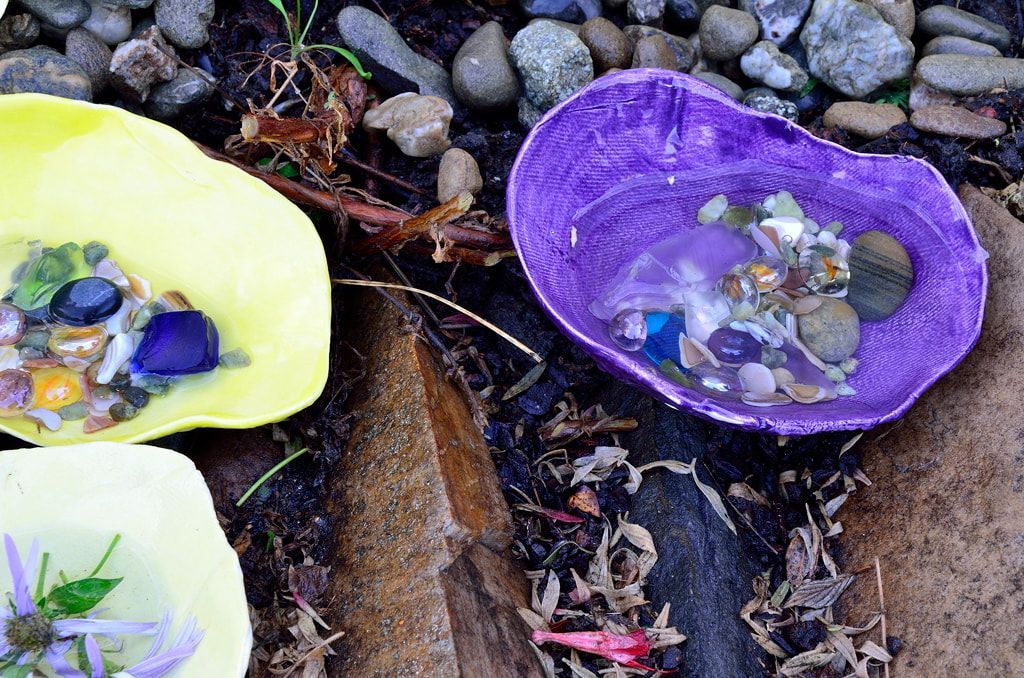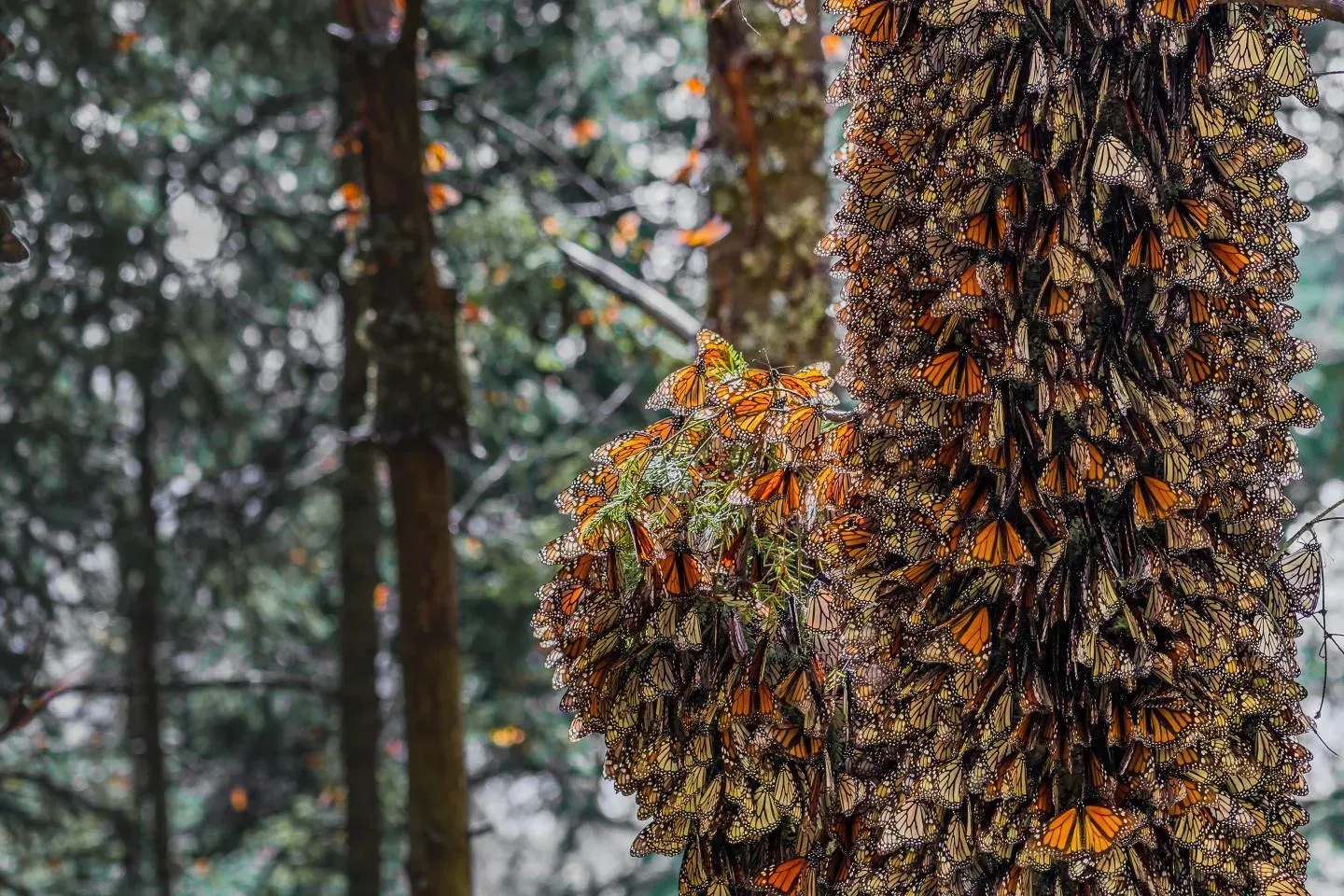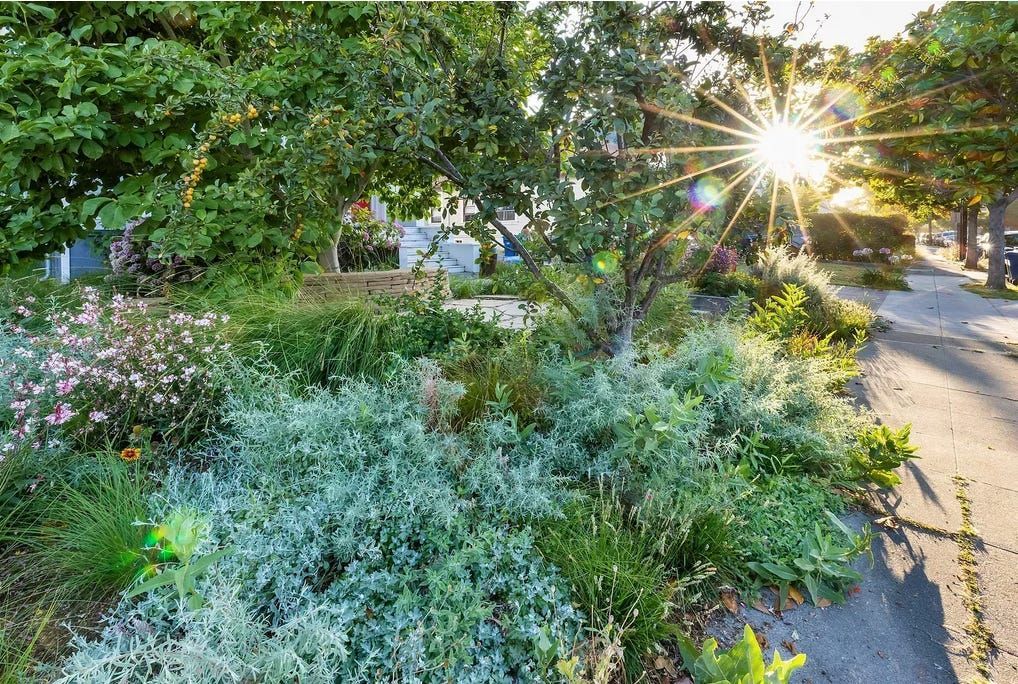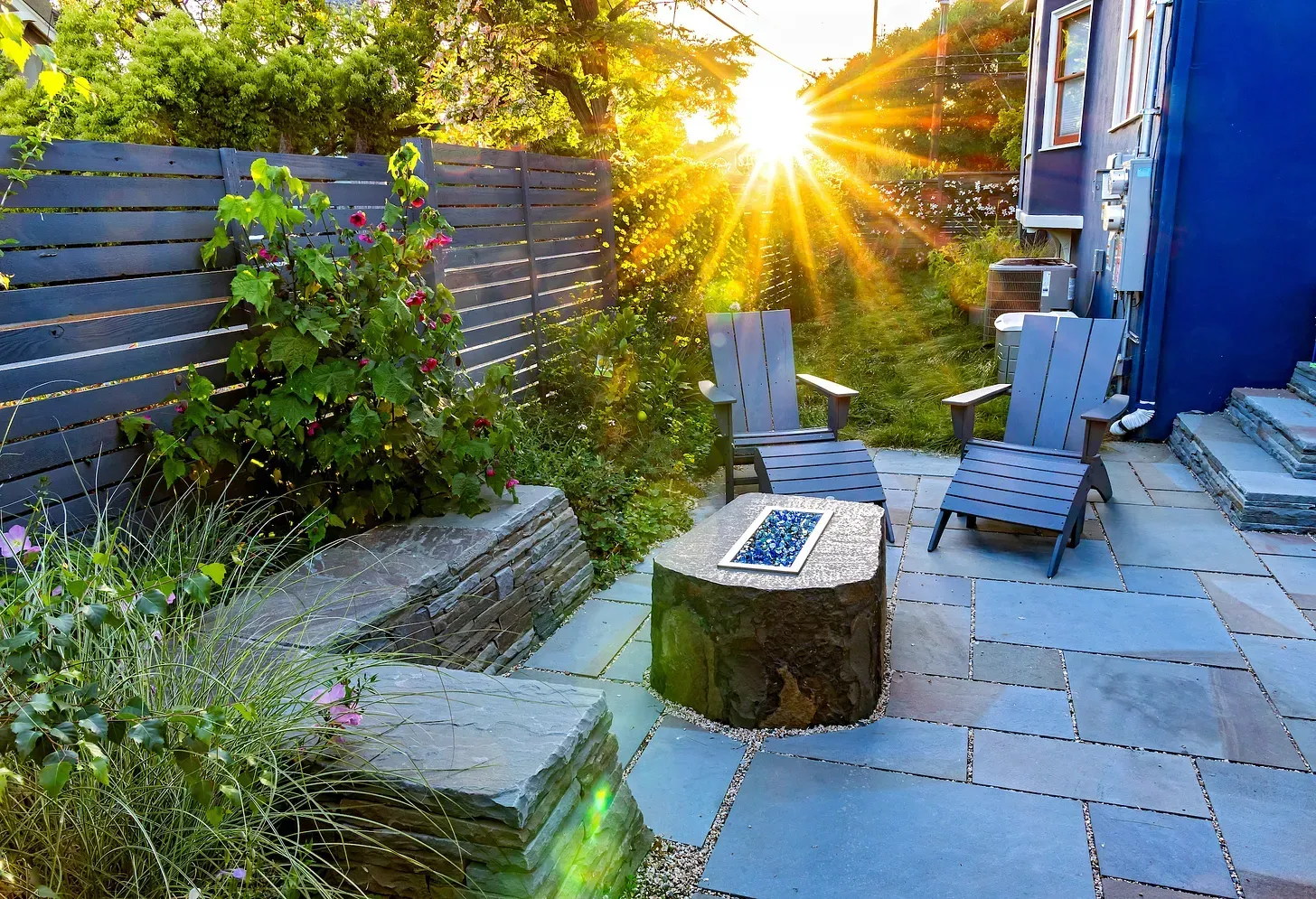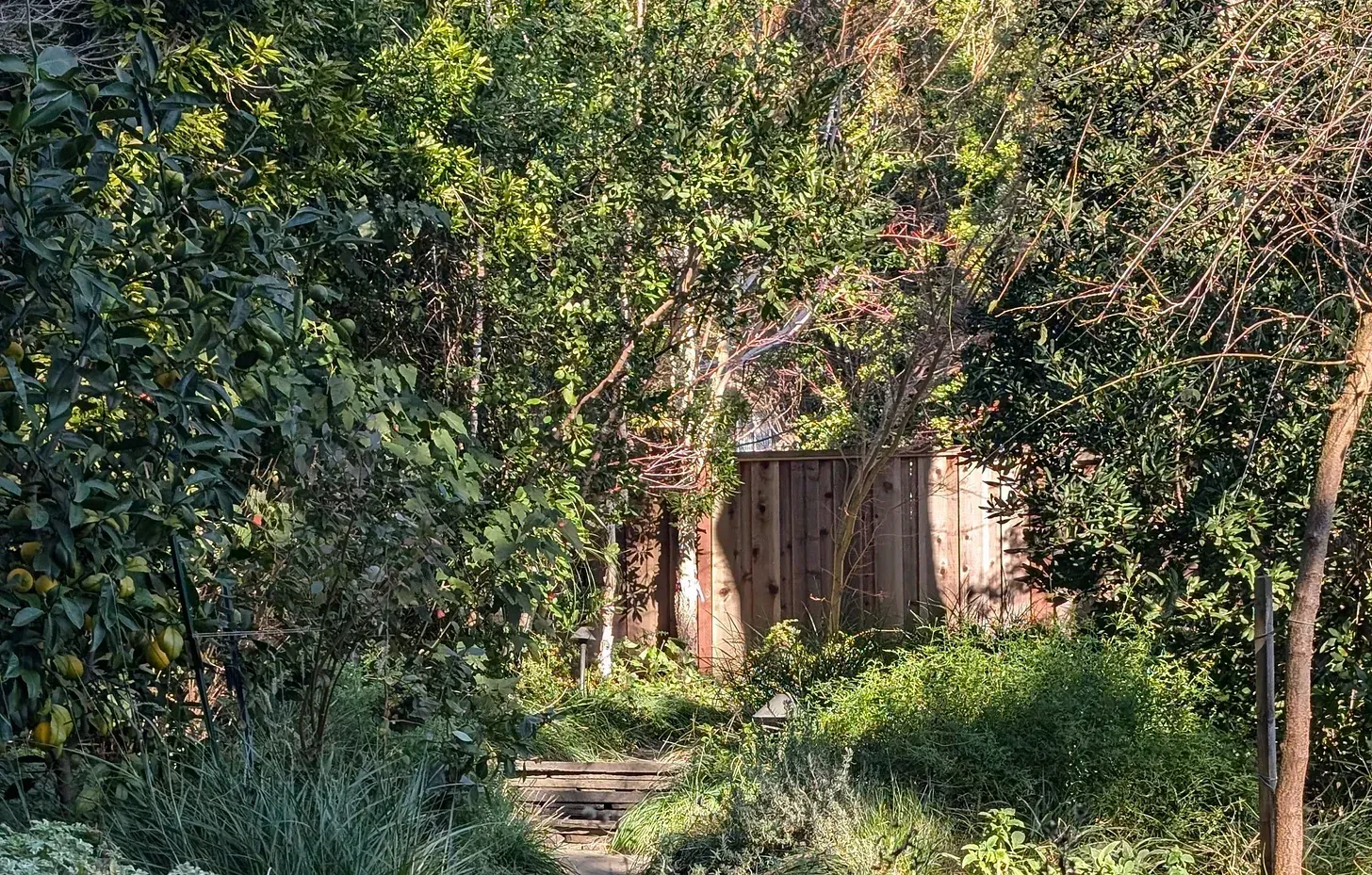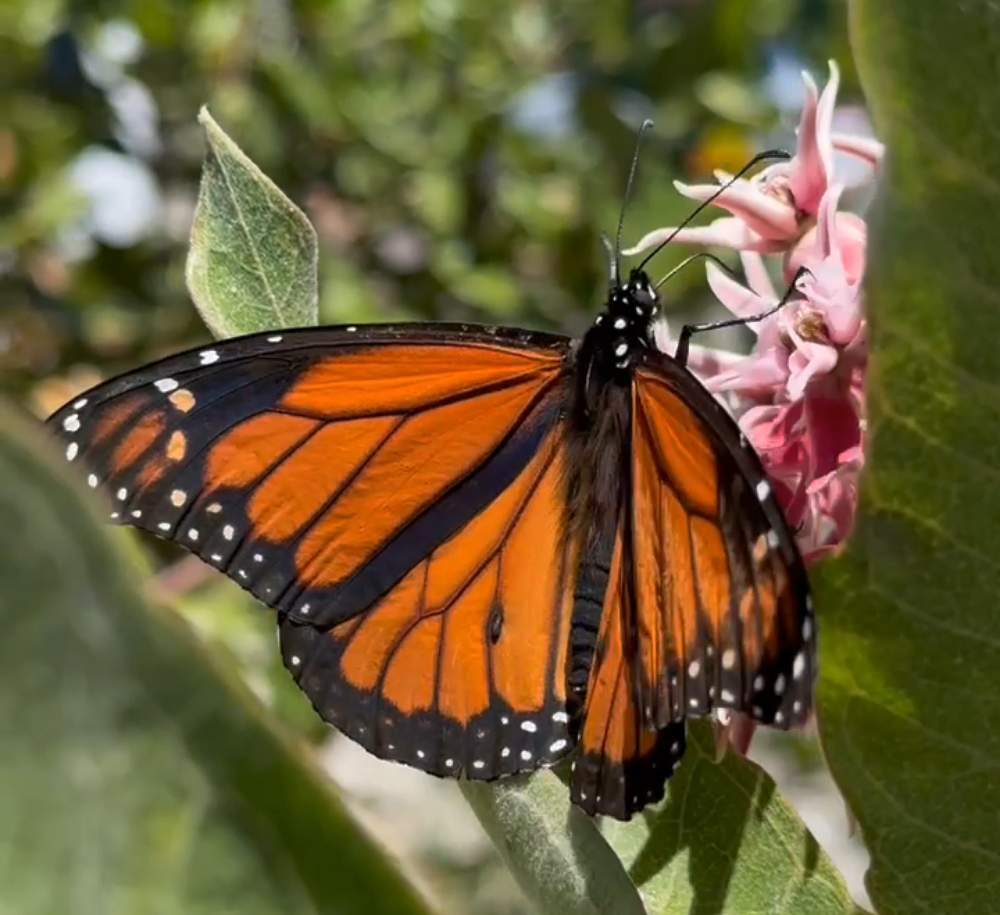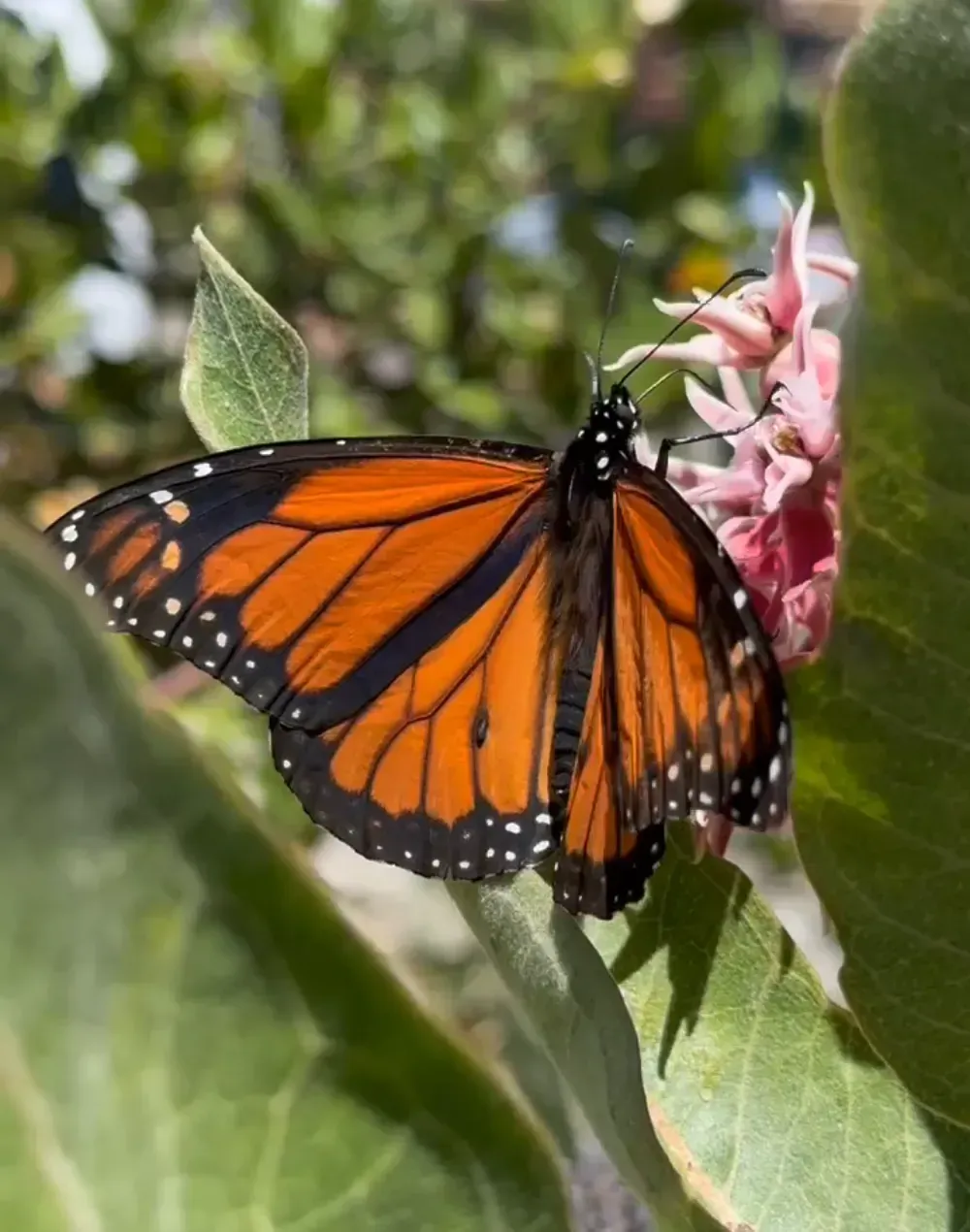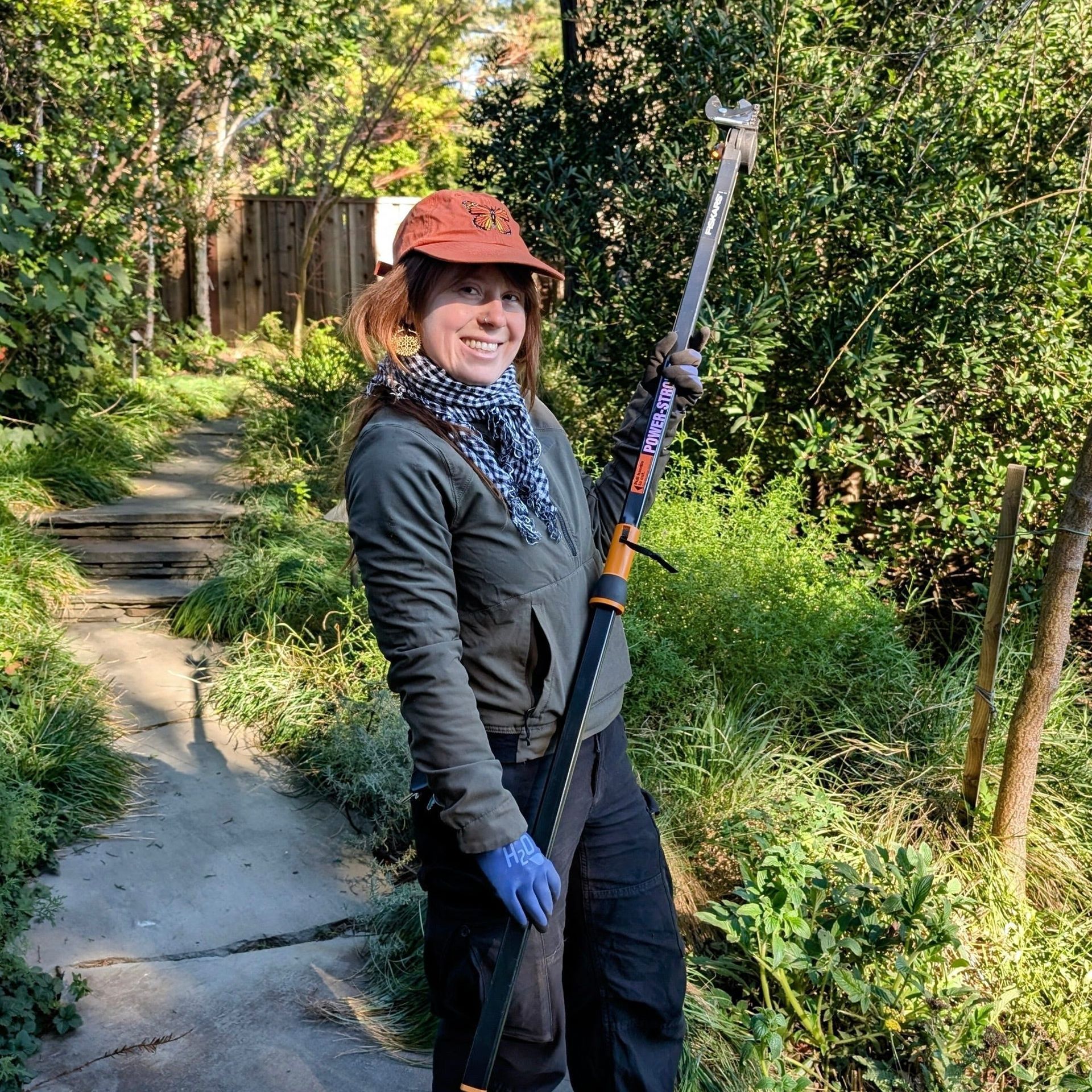Adding Shelter and Water for Pollinators to the Garden
In an earlier post we talked about including food for pollinators to your garden. Along with making food available, one of the best ways to make sure your garden is pollinator-friendly is to incorporate shelter by adding grasses and host plants -- trees and shrubs -- planted in a layered fashion, as in the picture below.
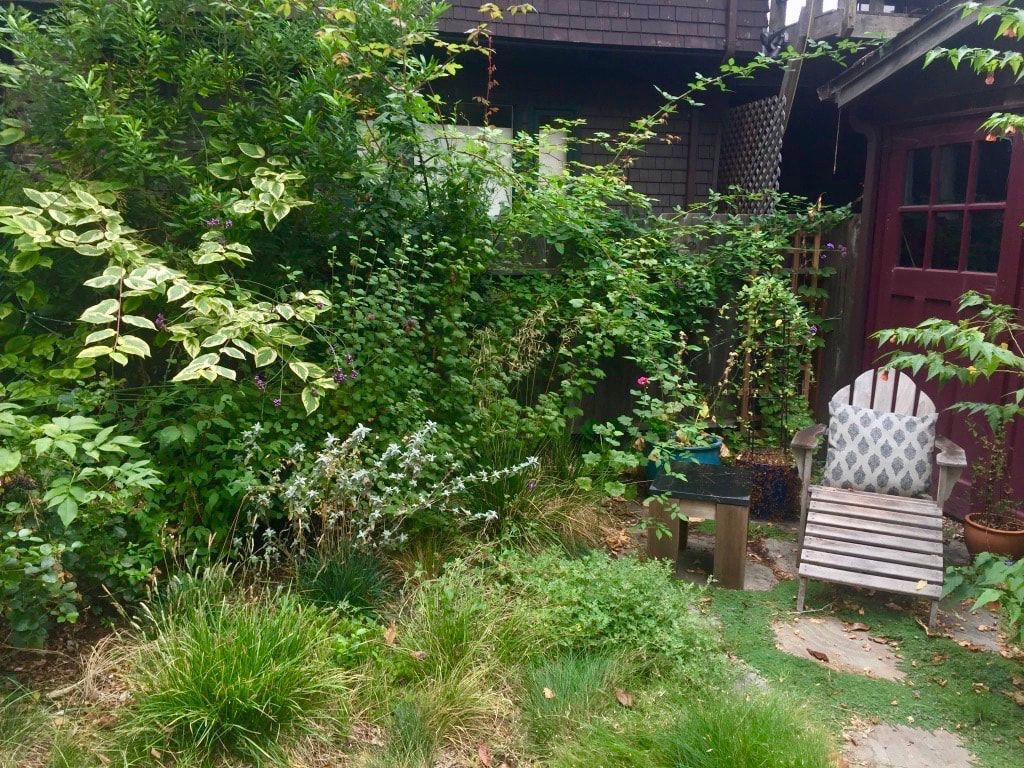
Pollinators can find shelter in grasses planted with perennials, debris piles or decaying logs, and in trees and shrubs. Choose mostly native grasses and plant both cool and warm season varieties. Wait until late spring to cut them back, to allow pollinator and butterfly eggs to hatch. The meadow shown here is planted with different varieties of grass to make sure some are always green, no matter what the season.
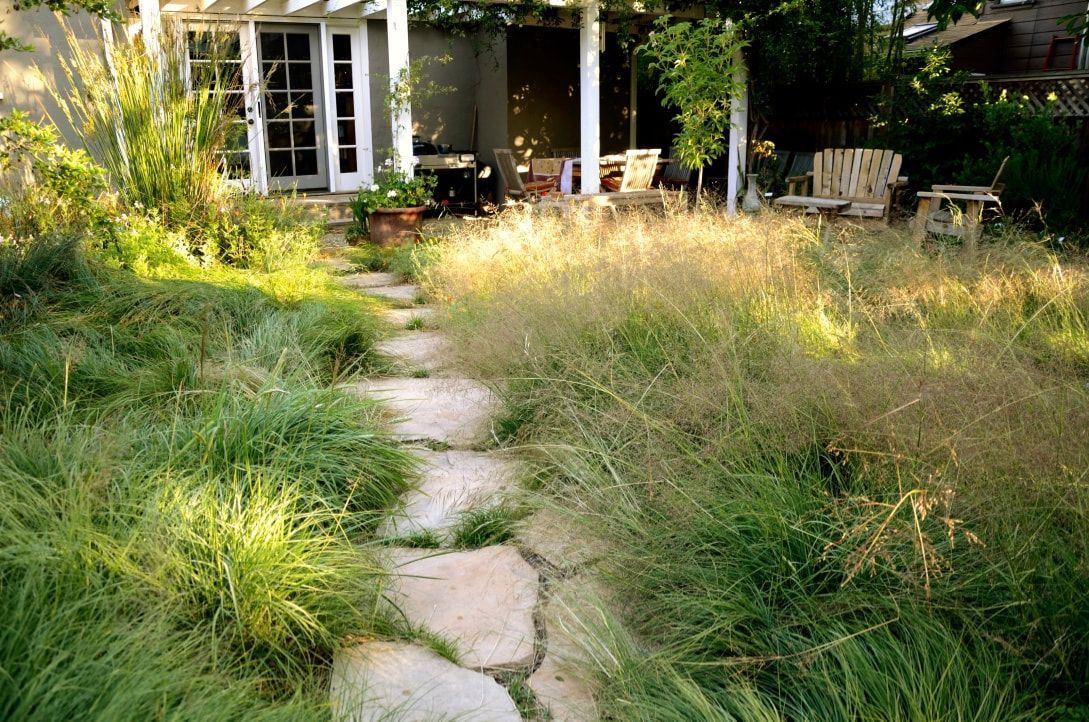
The picture below is a great example of a pollinator habitat garden spot, with many flower shapes, grasses, and dry-stacked stone that offers nesting and hiding places.

If you need to remove a tree, it can still add value to your garden; just use the wood in your landscape for pollinator habitat. You can lay large branches or the trunk into a garden bed as a feature; you can also make a debris pile from the smaller branches in back areas where they won’t be visible. Both will be much appreciated by native bees, lizards, and other beneficial garden inhabitants.
Last but not least, make sure fresh water is available to pollinators at all time. Water is life! At MGDC we make water available to pollinators in ponds, dragonfly ponds, muddy and wet garden areas, stacked stone fountains, and the Living Fountain greywater purification system.
Be aware that the slippery surfaces in bird baths are not usable by most butterflies, birds and bees. A bowl of pebbles in water is an excellent way to make water available in your garden!
